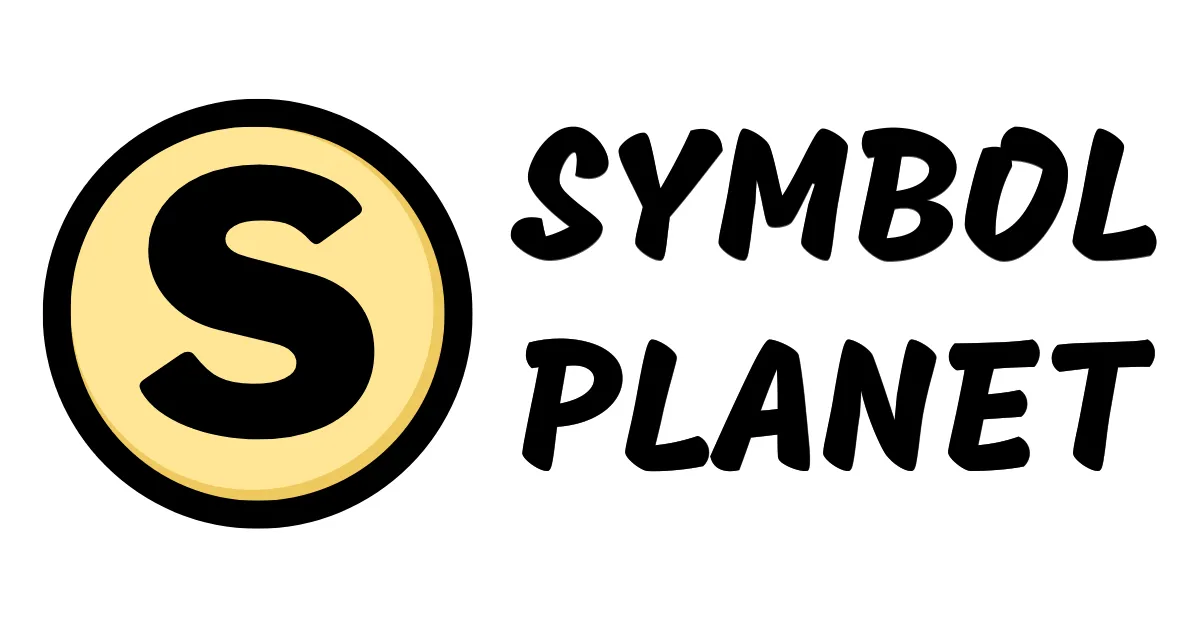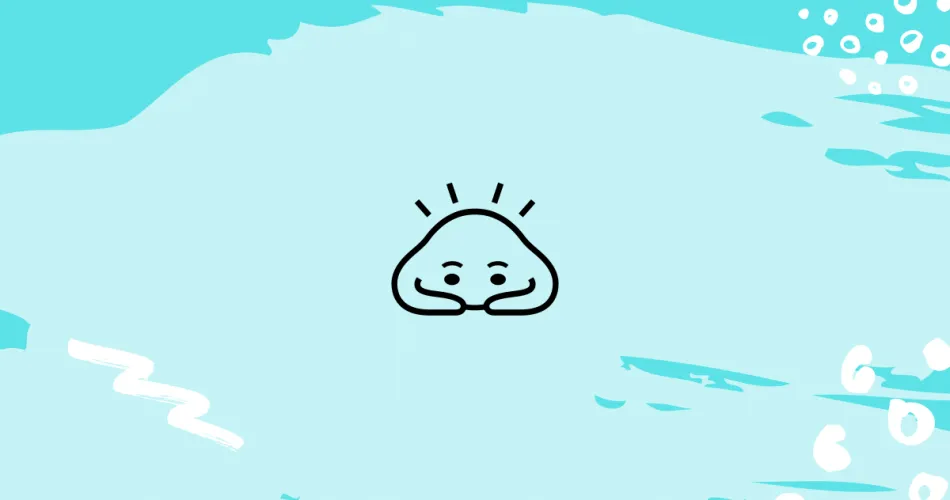Here’s what we’ll cover:
- 🙇 person bowing emoji meaning
- How do you reply to 🙇 person bowing emoji?
- What does 🙇 person bowing emoji mean from a girl?
- What does 🙇 person bowing emoji mean from a guy or boy?
- What does 🙇 person bowing emoji mean on Snapchat?
- What does 🙇 person bowing mean in Texting or Chat?
- What does 🙇 person bowing emoji mean on Instagram?
- What does 🙇 person bowing emoji mean on TikTok?
- What does 🙇 person bowing emoji mean in slang?
- Cultural differences in 🙇 emoji interpretation
- Emoji etiquettes
- Possible combination
- Misinterpretations to avoid
🙇 person bowing emoji meaning
The 🙇 person bowing emoji means respect or humility. This emoji is often used to show deference or admiration towards someone or something. It can also represent apology or submission.
Meaning 1: Respect
When someone uses the 🙇 emoji, it can indicate that they hold a deep respect for the person or subject being discussed.
- “I just met my favorite celebrity at the airport 🙇”
- “Congratulations on your promotion! You deserve it 🙇”
Meaning 2: Apology
This emoji can be used to express a sincere apology, either for a mistake or for being late or absent.
- “I’m sorry for missing your call earlier, please forgive me 🙇”
- “I apologize for forgetting your birthday, it won’t happen again 🙇”
Meaning 3: Submission
The 🙇 emoji can also represent submission, as if the person is bowing down to authority or surrendering to a situation.
- “Even though I disagreed with their decision, I had no choice but to accept it 🙇”
- “He completely outsmarted me in the argument, I had to bow down to his logic 🙇”
How do you reply to 🙇 person bowing emoji?
When someone sends the person bowing emoji 🙇, you can reply with “You’re too kind!” or “Thanks a lot!” It’s a polite gesture.What does 🙇 person bowing emoji mean from a girl?
The 🙇 person bowing emoji from a girl means that she is showing respect, gratitude, or submission. This emoji is often used to convey a sense of reverence, humility, or even an apology. Here are a few everyday American examples:
- “Can’t wait for our date tonight! 🙇”
- “Thank you so much for helping me with my project! 🙇”
- “I’m really sorry for what I said, I didn’t mean to hurt your feelings. 🙇”
So whenever a girl uses this emoji, it’s her way of symbolizing a humble and respectful gesture. Just make sure not to take it too seriously and always be ready to reciprocate the kindness with a touch of humor!
What does 🙇 person bowing emoji mean from a guy or boy?
The 🙇 person bowing emoji from a guy or boy means that they are showing respect, gratitude, or an apology. This emoji represents a person bowing deeply from the waist, with their head lowered and hands on their thighs. It is commonly used to express humility, submission, or a sincere apology. Here are a few real-world examples:
- “I totally forgot your birthday, I’m really sorry 🙇♂️.”
- “Thank you for helping me with the project, you’re a lifesaver 🙇♂️.”
- “I’m really impressed by your performance, you blew me away 🙇♂️.”
So, whenever you receive this emoji from a guy or boy, rest assured that they are expressing their respect, gratitude, or apologizing sincerely. And remember, no actual bending at the waist is required to respond to their message!
What does 🙇 person bowing emoji mean on Snapchat?
The 🙇 person bowing emoji on Snapchat means showing respect or humility towards someone or something. It’s like a digital way of saying “I’m in awe” or “You’re amazing.” So, if your friend sends you a snap of a delicious home-cooked meal, they might caption it with this emoji to acknowledge the greatness of the chef’s culinary skills. Or, if someone shares an impressive accomplishment, this emoji could express admiration. It’s a virtual way of tipping your hat without actually wearing one.
- “Wow, that painting you did is incredible! 🙇”
- “I can’t believe you aced that exam! 🙇”
- “You’re the best workout buddy ever! 🙇”
What does 🙇 person bowing mean in Texting or Chat?
The 🙇 person bowing emoji in Texting or Chat means showing respect, gratitude, or apologizing in a formal manner. Whether you want to thank your friend for helping you move or apologize for accidentally eating their leftovers, this emoji’s got your back. Picture this: you’ve finally convinced your lazy buddy to help you move and you text them, “Thanks for the help, you’re a lifesaver! 🙇”. Or imagine you mistook someone’s pet dog for a pillow and you say, “I’m really sorry for using your dog as a headrest 🙇♂️”. It’s like sending a formal bow with a touch of levity on WhatsApp or Twitter.
- “Thanks for saving my bacon last night, you’re a hero 🙇”.
- “I’m sorry for running out of chips at the party, it won’t happen again 🙇♀️”.
- “Congrats on acing your test! You deserve a standing ovation 🙇♂️”.
What does 🙇 person bowing emoji mean on Instagram?
The 🙇 person bowing emoji on Instagram means showing respect or gratitude towards someone or something. It is commonly used to convey a sense of humility or appreciation. People often use this emoji to express their thanks, apologize, or acknowledge someone’s achievements.
- “Just wanted to say a big thank you for all the birthday wishes! 🙇”
- “I’m sorry for missing our lunch date. 🙇 Can we reschedule?”
- “Congratulations on your new job! 🙇”
What does 🙇 person bowing emoji mean on TikTok?
The 🙇 person bowing emoji on TikTok means showing respect, admiration, or even submission. It symbolizes humbleness and gratitude. People often use this emoji to express their admiration towards someone’s talent, expertise, or stunning content. It can also be used jokingly to mock oneself for a mistake or failure.
- “I just watched @username’s dance video, it was so incredible 🙇”
- “Just burned my dinner for the tenth time in a row, I am the worst cook ever 🙇”
- “Thank you so much for the support on my latest video, you all are amazing 🙇”
What does 🙇 person bowing emoji mean in slang?
The 🙇 person bowing emoji in slang means showing honor, respect, or submission. It can represent gratitude or feeling humbled. Basically, it’s like saying “I am not worthy!” or “I acknowledge your superiority” without actually saying it.
- “OMG, you’re the best! 🙇”
- “Thanks for helping me out, you saved my life! 🙇”
- “I can’t believe I met my idol today. 🙇”
- “When my boss walked in, I felt like bowing down. 🙇”
Cultural differences in 🙇 emoji interpretation
Cultural differences in 🙇 person bowing emoji interpretation can lead to some hilarious and confusing situations, just ask the guy who accidentally insulted his Japanese boss by bowing too deeply and too long at a business meeting.
- “A friend of mine thought he was being polite by using the person bowing emoji in a text to his Chinese friend, but little did he know that in Chinese culture, that emoji actually means ‘thank you’.”
- “I once used the person bowing emoji to apologize to a friend from India, thinking it would convey my sincerity, but he thought I was begging for forgiveness, which made the situation even more awkward!”
- “My cousin traveled to Thailand and used the person bowing emoji to greet a local shopkeeper, but the shopkeeper just gave him a confused look because in Thai culture, they don’t bow in greeting.”
Emoji etiquettes
When using the 🙇 person bowing emoji, it’s important to consider context and cultural appropriateness. Remember, a bow does not fix everything – sometimes, you just need to apologize or learn from your mistakes. Be kind, but don’t overdo it! 🙇
- “After accidentally knocking over my coworker’s coffee, I quickly sent a message with the 🙇 person bowing emoji to show my remorse.”
- “When meeting my friend’s parents for the first time, I made sure to include the 🙇 person bowing emoji in my introduction text.”
- “When my dog begged for treats, I added the 🙇 person bowing emoji to emphasize his adorable and desperate appeal.”
Possible combination
Possible emoji combinations that go with 🙇 person bowing emoji:
- 👋 person waving: “When your friend greets you and you dramatically bow in response.”
- 💰 money bag: “When you bow down to the pile of money you just won in a lottery.”
- 🍰 birthday cake: “When you bow down to the deliciousness of a perfectly baked cake.”
- 👑 crown: “When you pay tribute to the king or queen in your life, and that might be yourself.”
- 🎉 party popper: “When you bow down in celebration of a successful event or party you organized.”
Misinterpretations to avoid
Misinterpreting the 🙇 person bowing emoji as someone constantly apologizing could lead to endless “sorrys” even when not necessary. Remember, they might just be offering a respectful nod or saying hello in a Japanese manner.
- “Oops, sorry 🙇 I bumped into that virtual wall again!”
- “🙇 Excuse me, do you have a moment to talk about our lord and savior, Bob Ross?”
- “Hey, wait 🙇 don’t leave! I just wanted to ask if you need any toilet paper!”

